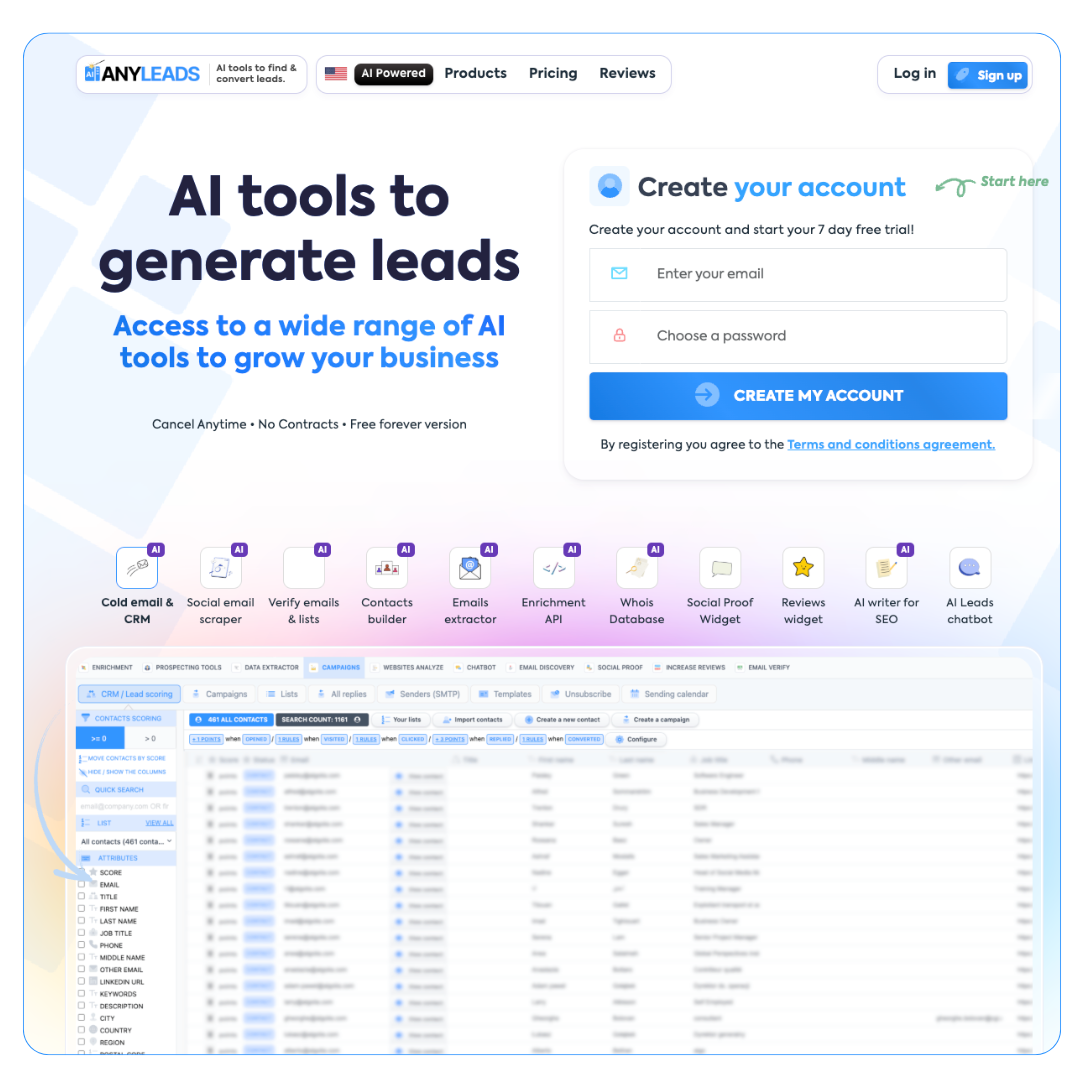 LIMITED SPOTS
All plans are 30% OFF for the first month! with the code WELCOME303
LIMITED SPOTS
All plans are 30% OFF for the first month! with the code WELCOME303

 LIMITED SPOTS
All plans are 30% OFF for the first month! with the code WELCOME303
LIMITED SPOTS
All plans are 30% OFF for the first month! with the code WELCOME303


In 2025’s economy—defined by high interest rates, tight margins, and rapid change—low-overhead models dominate. Entrepreneurs want flexibility, not fixed costs.
Distribution offers exactly that. Unlike manufacturing or retail, you don’t need factories or storefronts. You connect suppliers and buyers, earning margins on movement rather than ownership. It’s lean, scalable, and resilient—a formula built for modern entrepreneurship.
A McKinsey study found asset-light firms outperform capital-intensive ones in downturns by over 30% in ROI. Distribution, when powered by smart tech and agile processes, sits squarely in that winning category.
A distribution business buys goods from manufacturers or wholesalers and sells them to retailers or end-users. Your profit lies in efficiency—moving the right products to the right customers faster and cheaper than others.
Why it’s lean:
No heavy production or R&D costs.
Inventory can be minimal or consignment-based.
Logistics can be outsourced to 3PLs.
Teams can stay small with automation.
In short, distributors profit from coordination, not capital. The less you own and the smarter you manage, the higher your margins.
💡 Pro Tip: Focus on reliable demand niches—CPG, parts, accessories, or specialty consumables—before entering complex segments like perishables or regulated goods.


Low Startup Cost – No real estate or manufacturing investment. Many distributors launch from home or co-warehouses.
Fast Payback Period – Strong supplier terms and quick customer payments can make cash flow positive in months.
Scalable Systems – Once your supplier and tech stack are in place, scaling is a function of onboarding new clients, not infrastructure.
Operational Agility – Pivot to new SKUs or categories without rebuilding your model.
Tech-Enabled Leverage – Modern software automates ordering, fulfillment, and sales, so small teams can manage big volumes.
According to Deloitte, digital-first distributors report 20–40% higher productivity than those relying on manual processes.
Start where demand is stable—consumer goods, personal care, beverages, small electronics. Avoid heavy or highly seasonal products initially.
Talk to retailers before buying. Ask what products move fastest, where they struggle with supply, and what terms they prefer. This ensures every SKU you stock has a buyer.
Negotiate for:
Net-30 or Net-60 payment terms
Consignment inventory
Drop-shipping partnerships
These reduce upfront costs and keep cash flow healthy.
Start small. Use shared warehousing or 3PL services instead of leasing your own space. Keep labor flexible—contract workers, not full-time payroll.
Manual spreadsheets and email orders kill margins fast. Use integrated tools for:
Order tracking
Inventory updates
Route management
Customer history
Start with independent reps or inside sales, not a large team. Equip them with mobile tools to place orders, check inventory, and access promotions on the go.
Forecast weekly. Align payables (suppliers) and receivables (customers). Use credit lines only for growth, not survival.
💡 Pro Tip: Reinvest every profit cycle into automation and analytics before expanding your product line. Lean systems compound faster than physical scale.
Distribution’s biggest advantage today isn’t price—it’s process. Modern tools turn small distributors into power players by automating what used to require full departments.
Order Management: Centralize SKUs, prices, and orders to eliminate manual entry.
Route Optimization: Save fuel and maximize sales visits.
Inventory Sync: Avoid stockouts or overstocking.
Analytics Dashboards: Track rep performance, fulfillment rates, and customer trends in real time.
CRM & Invoicing Integration: Keep data connected across accounting, field, and warehouse.
That’s where SimplyDepo excels. It’s a complete B2B distribution platform built to keep operations lean from day one.
All-in-One Order & Catalog System: Let reps and customers order directly from a digital catalog—no paperwork or double-entry.
Route Planning & Optimization: Plan daily visits efficiently, cut travel costs, and serve more accounts per rep.
Offline Mobile Access: Capture orders and audits even without internet—perfect for field sales in low-connectivity areas.
Instant Dashboards: Visualize orders, stock levels, and customer trends in real time.
QuickBooks & Zapier Integrations: Sync financials, automate workflows, and remove data silos.
Fast Onboarding: Teams can go live in under 30 days, with measurable ROI in as little as one quarter.
✅ Best Usability. 🚀 Fastest Setup. 🔗 Seamless Integrations.
Compared with legacy systems like Repsly (⭐4.2) or Pepperi (⭐4.4), SimplyDepo (⭐4.7 on G2) stands out for ease of use and implementation speed—key for new distributors running lean.


Distribution fits founders who prefer systems over speculation. Use this quick test:
You value steady growth and operational control
You’re detail-oriented and disciplined with cash flow
You’re comfortable using technology to manage logistics
You enjoy building supplier and retailer relationships
You want a business that scales without heavy assets
If that sounds like you, distribution isn’t just a business model—it’s a durable path to financial independence. Start small, automate early, and focus on execution.
When you’re ready to scale, platforms like SimplyDepo make it possible to do so without losing your lean edge.
Becoming a distributor is one of the most achievable entry points into entrepreneurship today.
You can:
Start small with low capital
Build supplier partnerships and automate operations
Scale quickly through technology instead of fixed assets
The secret is efficiency. Every hour and dollar saved compounds your advantage.
And with SimplyDepo, distributors gain modern capabilities once reserved for enterprise giants—without the cost or complexity.